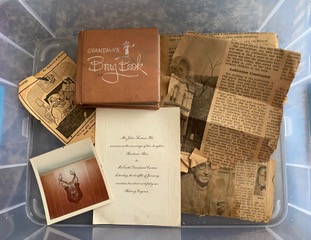Q: How do you make primary sources or well-known stories new and relevant?
A: There are myriad ways to modernize a narrative, fiction or nonfiction. Changing the point-of-view (POV) is the most effective for me. For example, write the POV from someone not in the original narrative. But I also rely on tropes. Why? Because character-driven narratives transcend time and place. Human needs haven’t changed much over the centuries. Just refer to “Maslow’s Hierarchy of Needs” to see what I mean. Tropes build on this. Case in point: Scrooge.

Ebenezer Scrooge from Charles Dickens’s A Christmas Carol is such a ubiquitous trope for a miser that scrooge is in the Oxford Dictionary. Not only that, but the Dickens’s original story has never been out of print since its first publication in 1843. Over the last 181 years, this story has been re-imagined and adapted for television, film, stage, opera, and streaming, platforms that weren’t even a dream when Dickens penned the story. Each iteration has modernized some element of the original in an effort to stay relevant to a new audience, hence the variety of presentations. As a planet, we’re still struggling with wealthy misers. We still hope they’ll “do better” and use their money for the common good rather than the crass accumulation of wealth. The trope of a miser paired with a redemption story still resonates. We see ourselves as Bob Cratchit, and if his Scrooge can change, then there’s hope for us as well.
Scrooge is merely one example of how a well-known story can be made modern and relevant. The trick for any writer wishing to update a well-known story is to know where their narrative lies within the original. Where’s the intersection of stories?
If you are writing historical fiction, it is essential to know that story always comes first. Disregard facts; disregard time: what is the human story you need to tell? That’s YOUR narrative. Anyone can write facts—places, names, events—it’s called a textbook. It’s the fictional elements that transform facts, making them relevant to modern readers and the story you need to tell. It’s the use of tropes, the familiar human characteristics that make us smile or cringe, that captivate the reader. These characters combined with a narrative predicated on human needs are just two ways to create new stories from old ones. If you’re still in doubt, ask yourself this: Do you see yourself or anyone you know in the characters? If the answer is yes, you’ve created a believable updated story.

